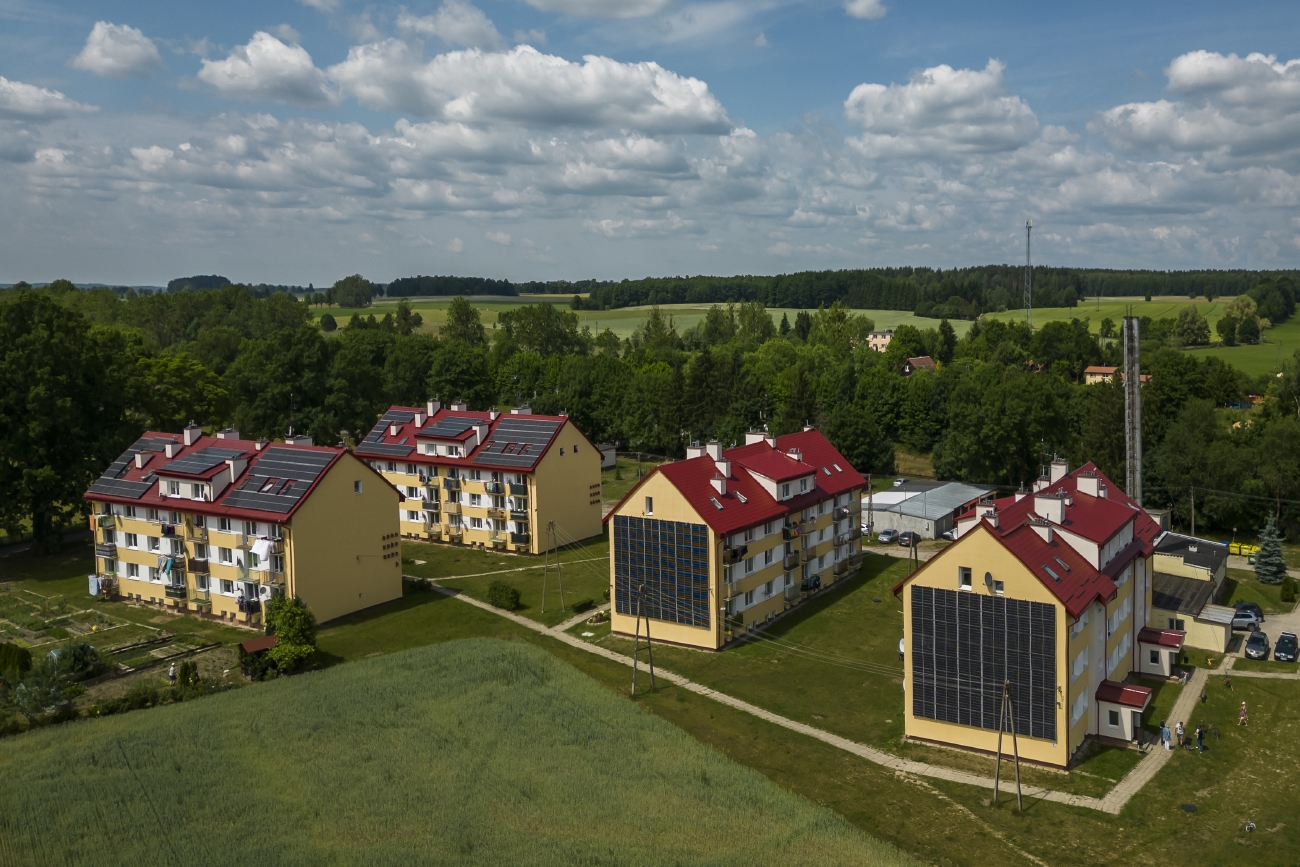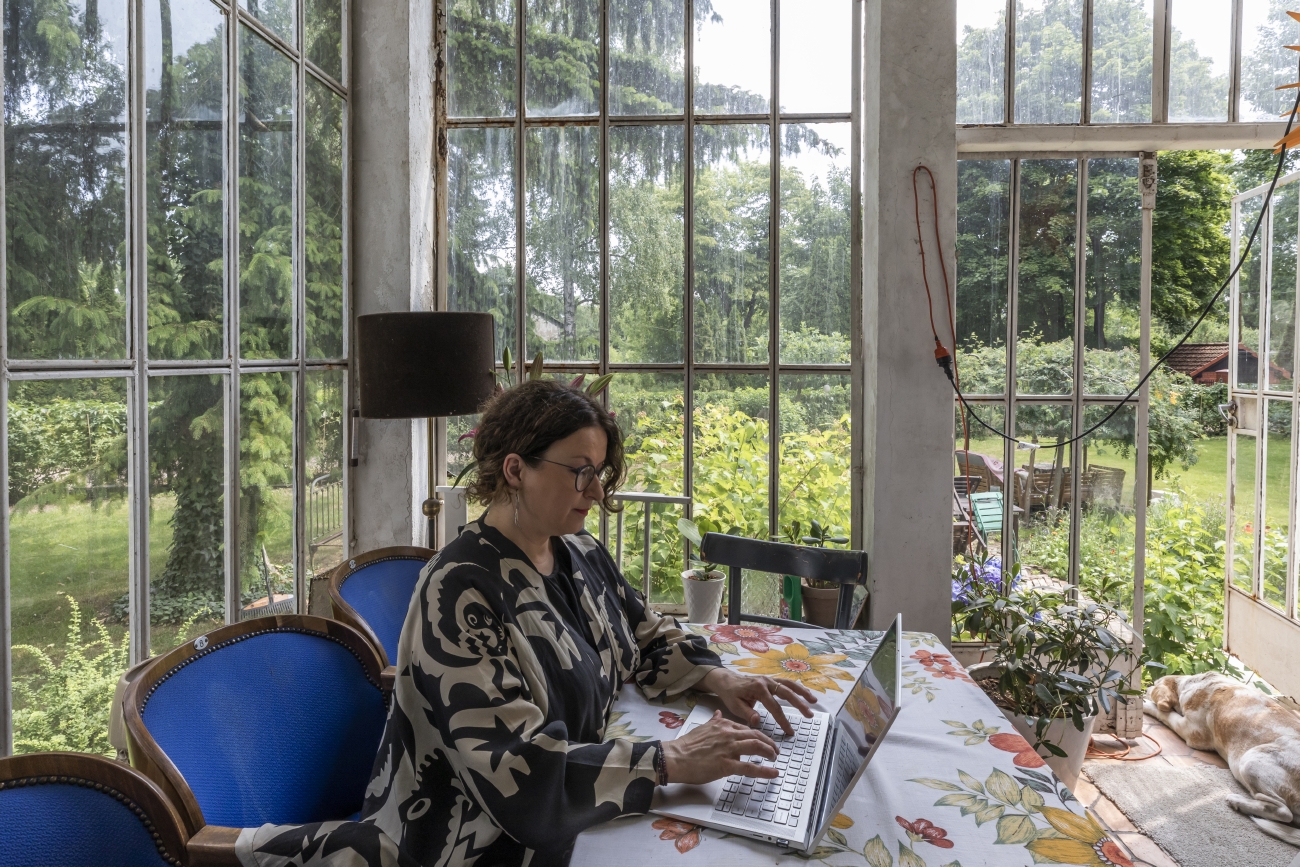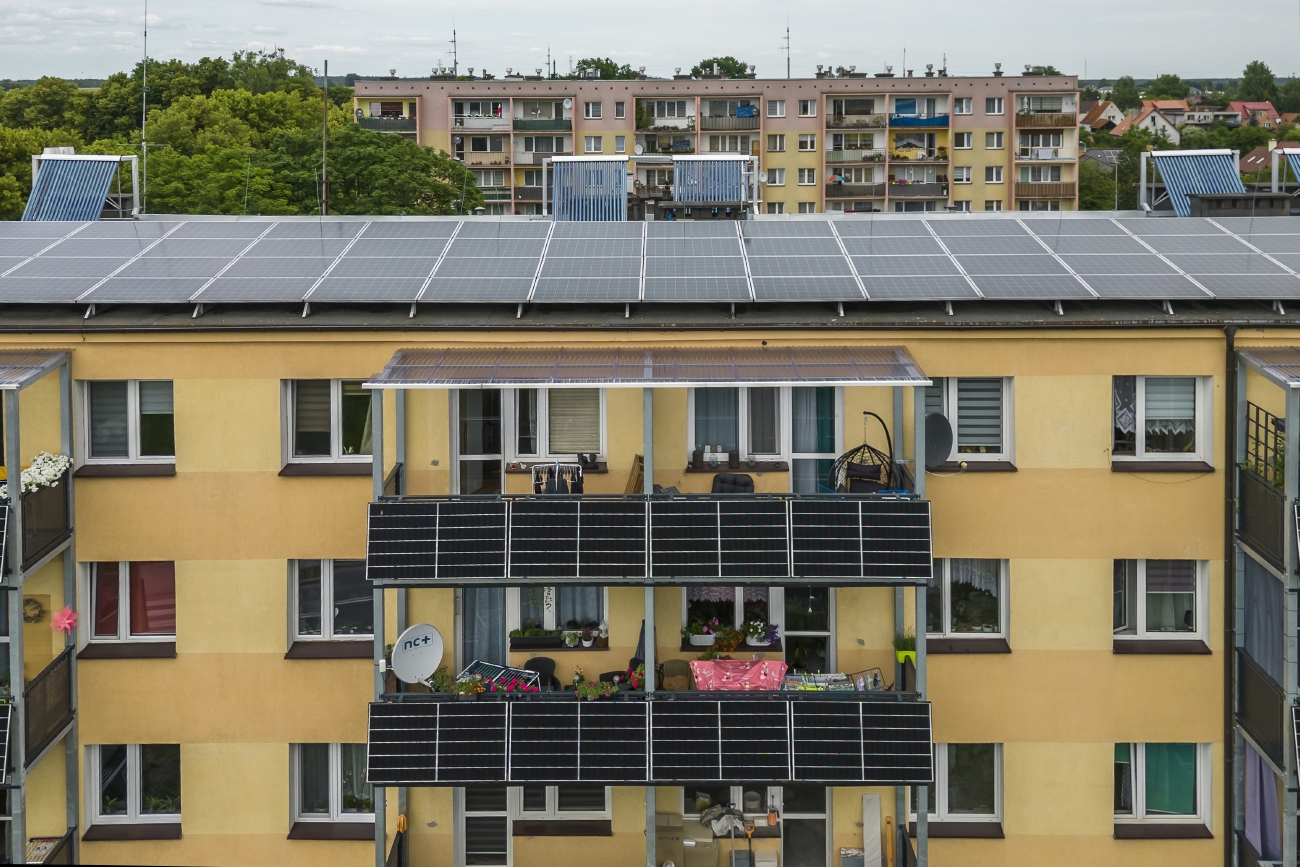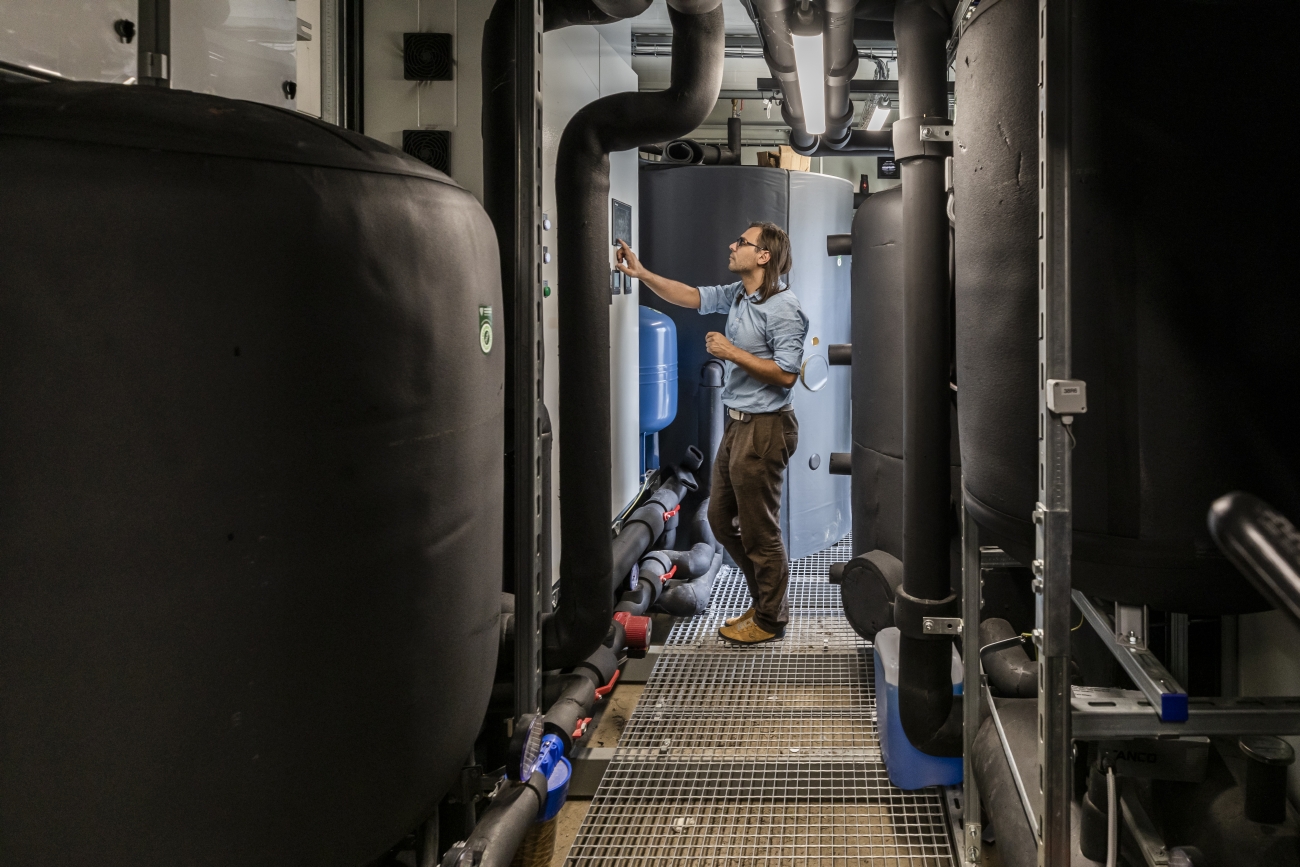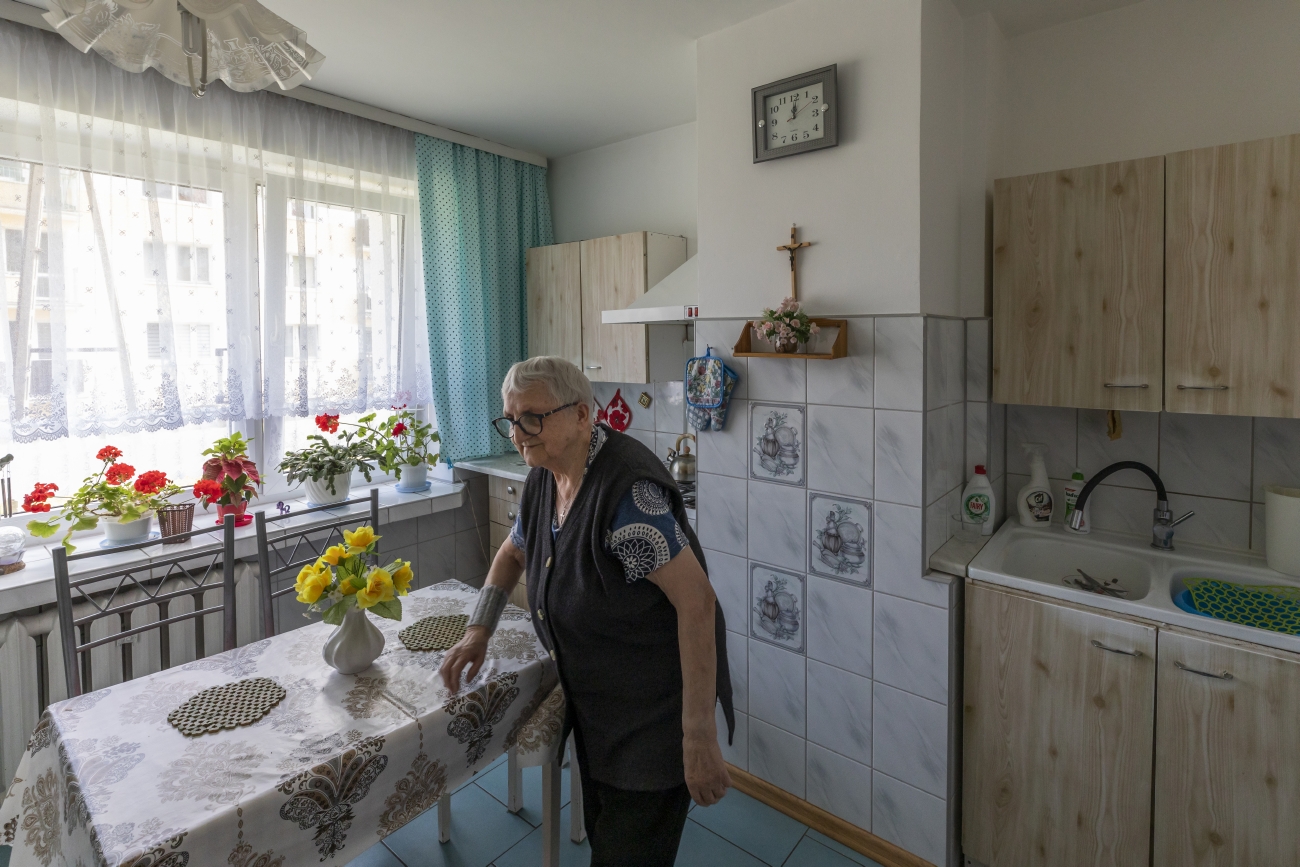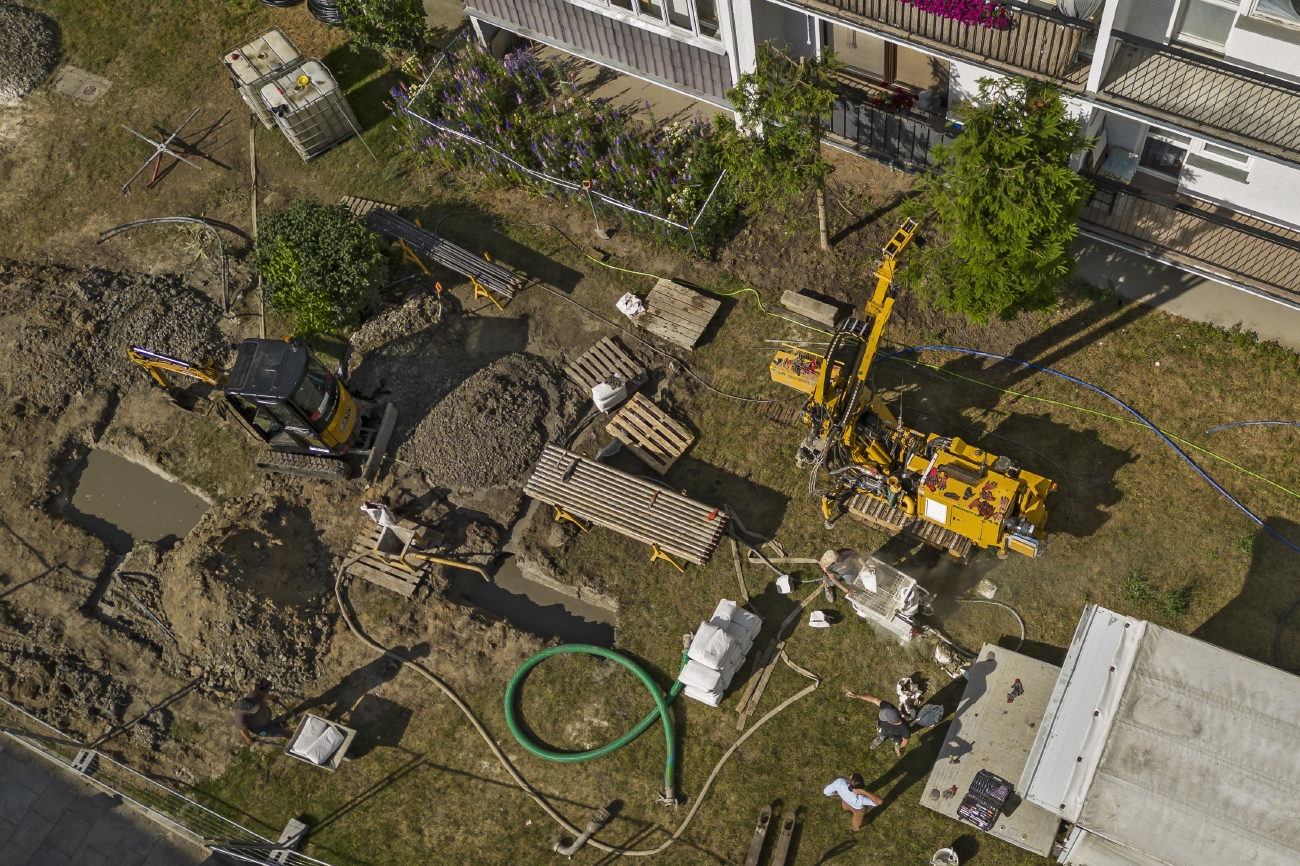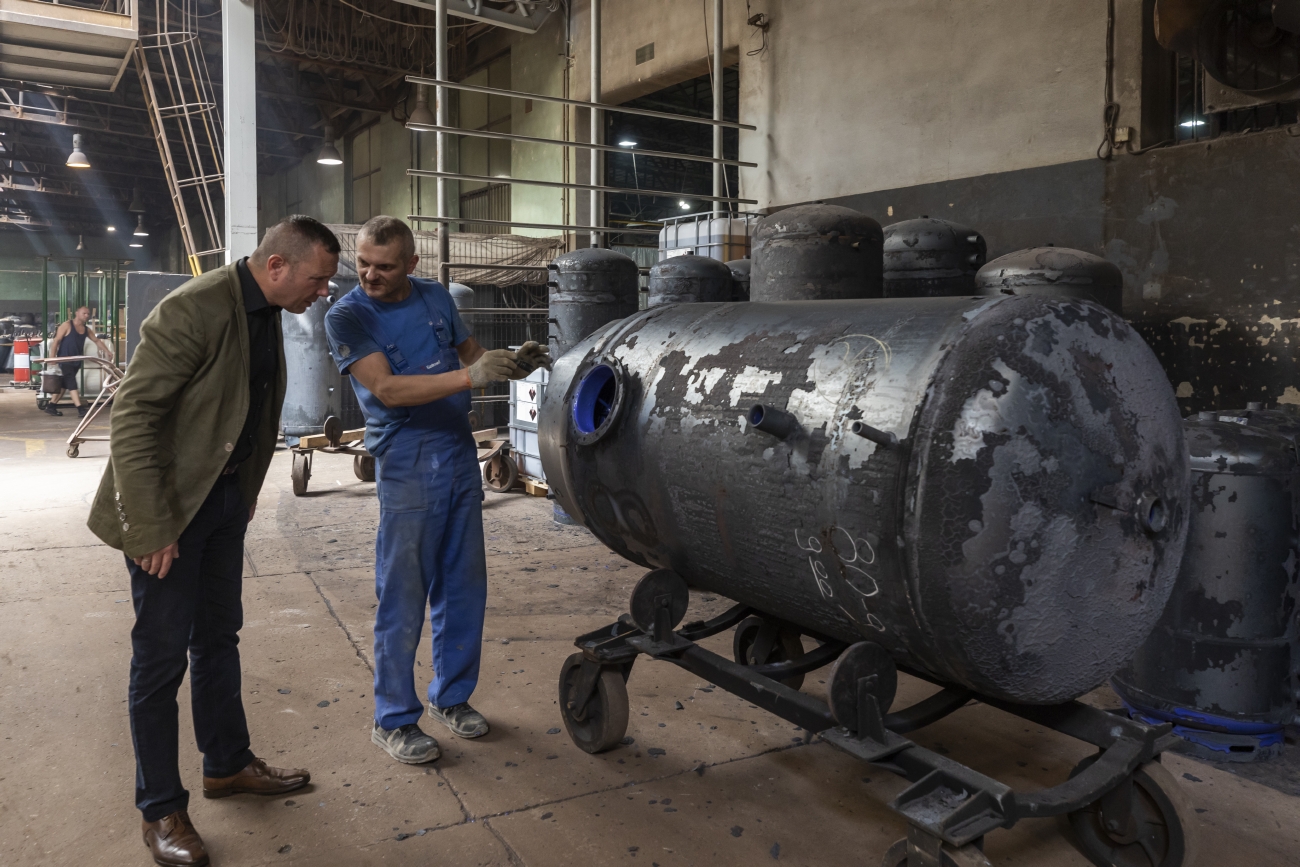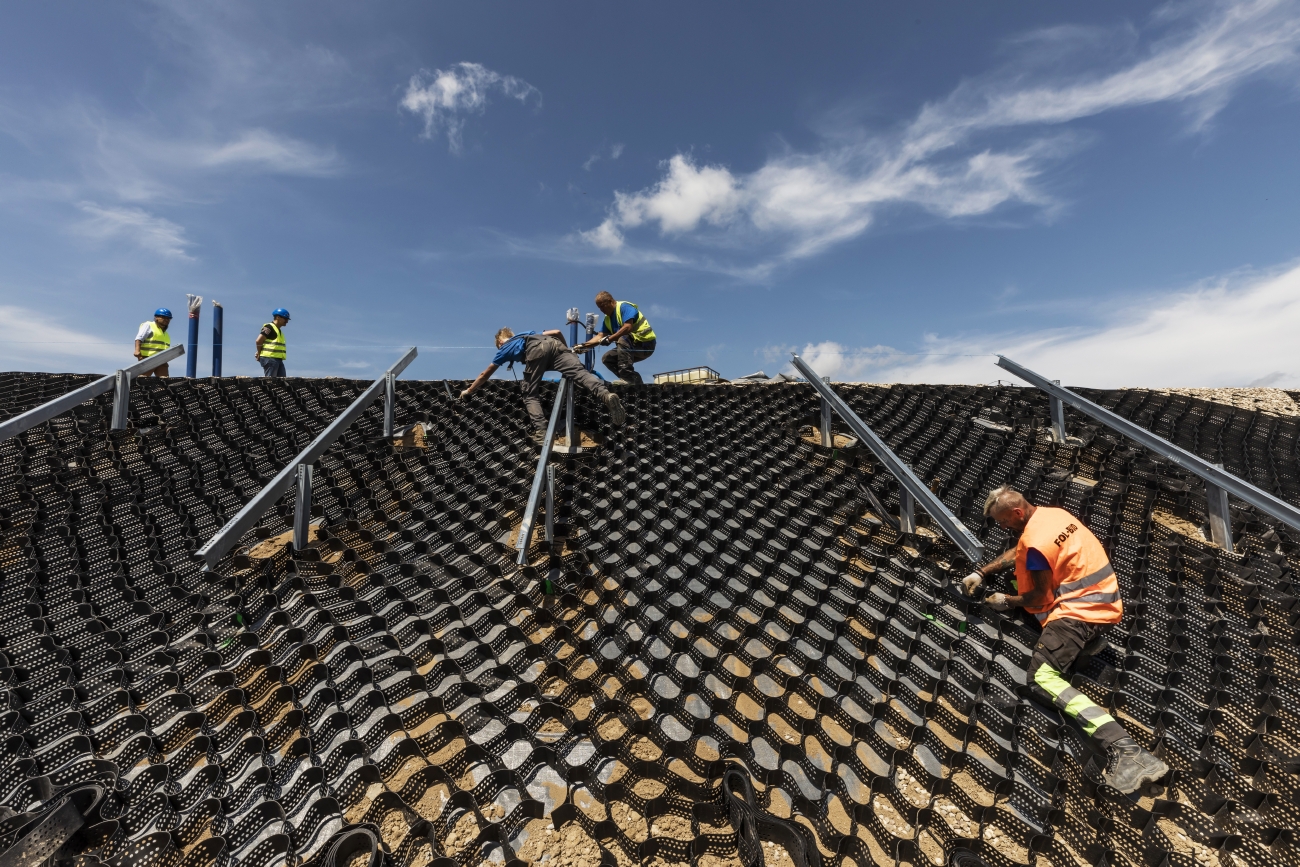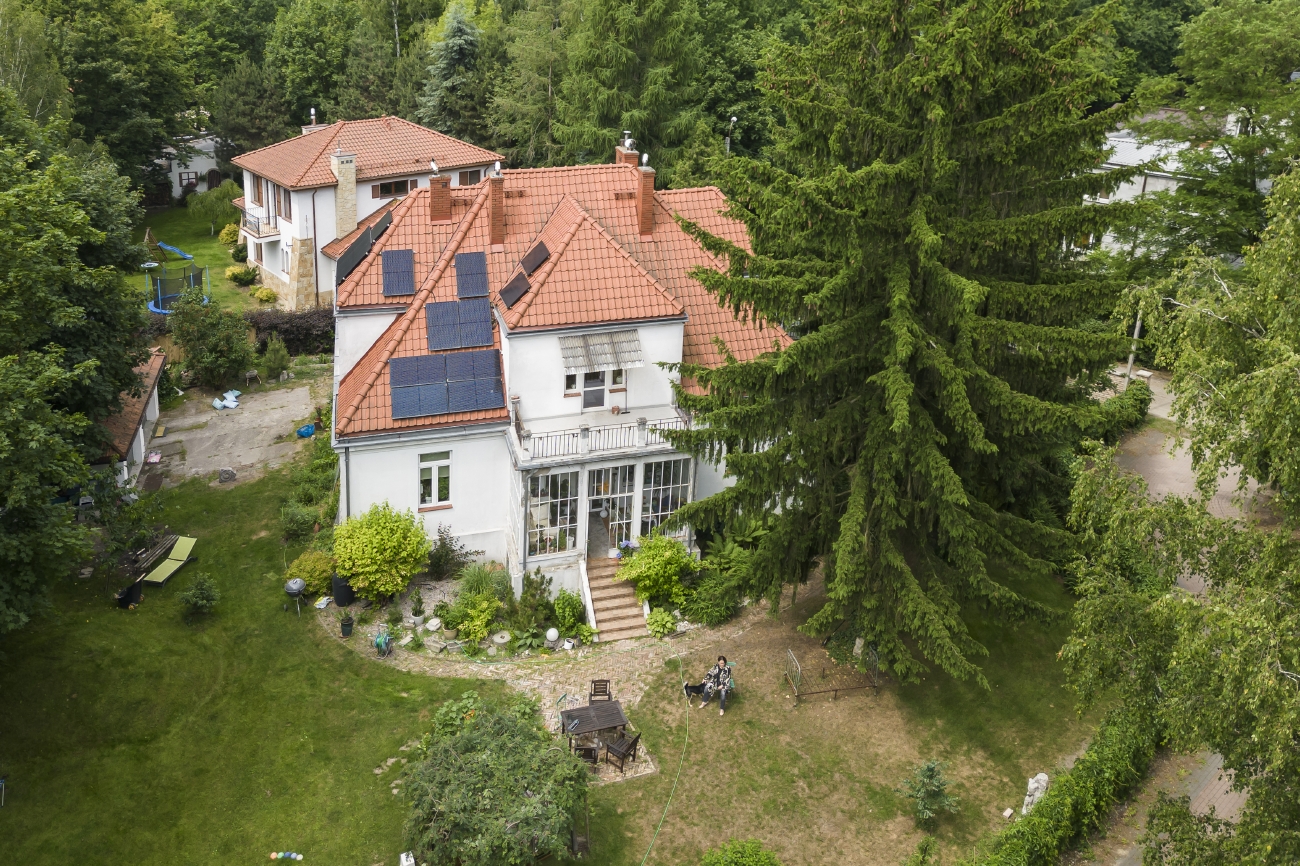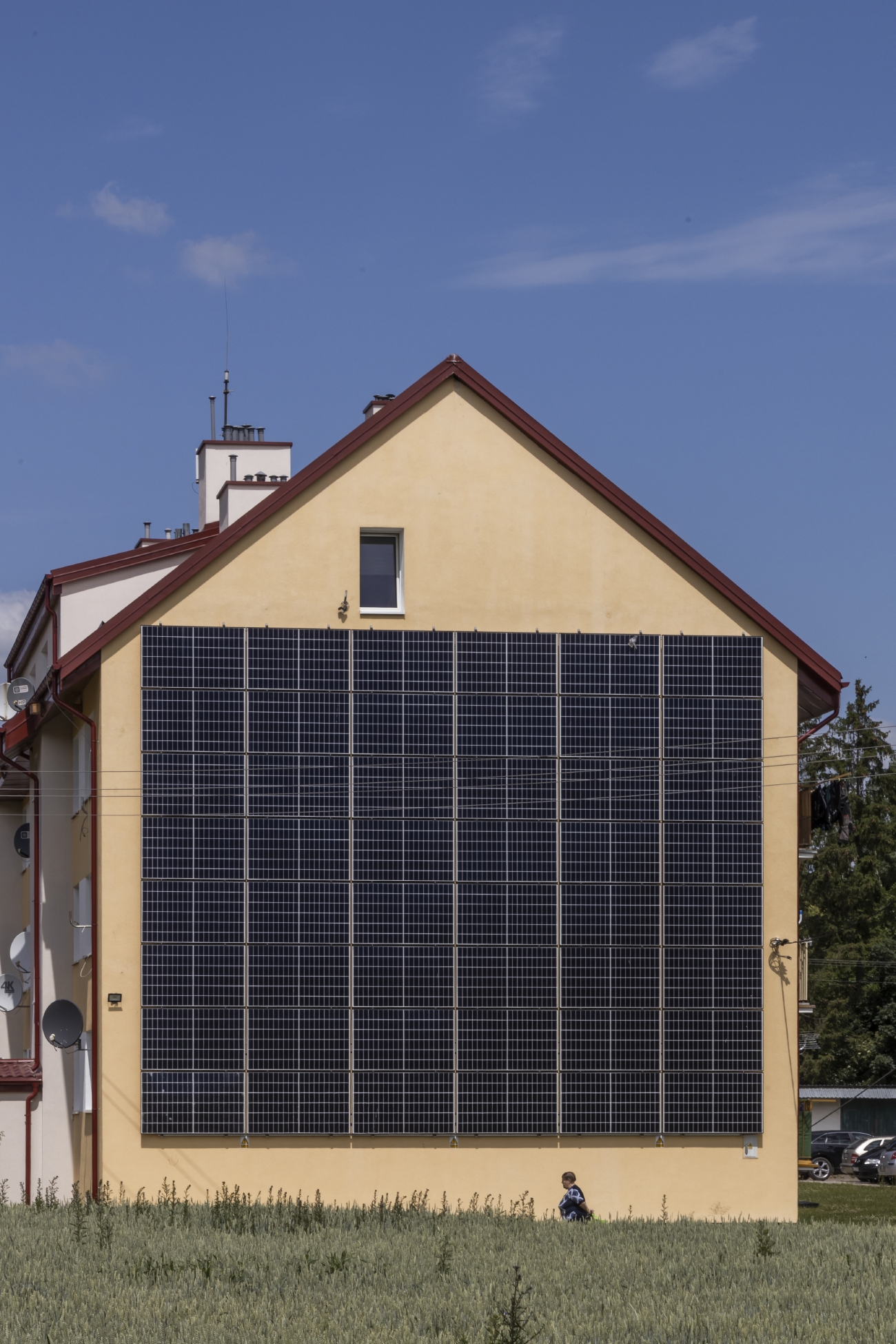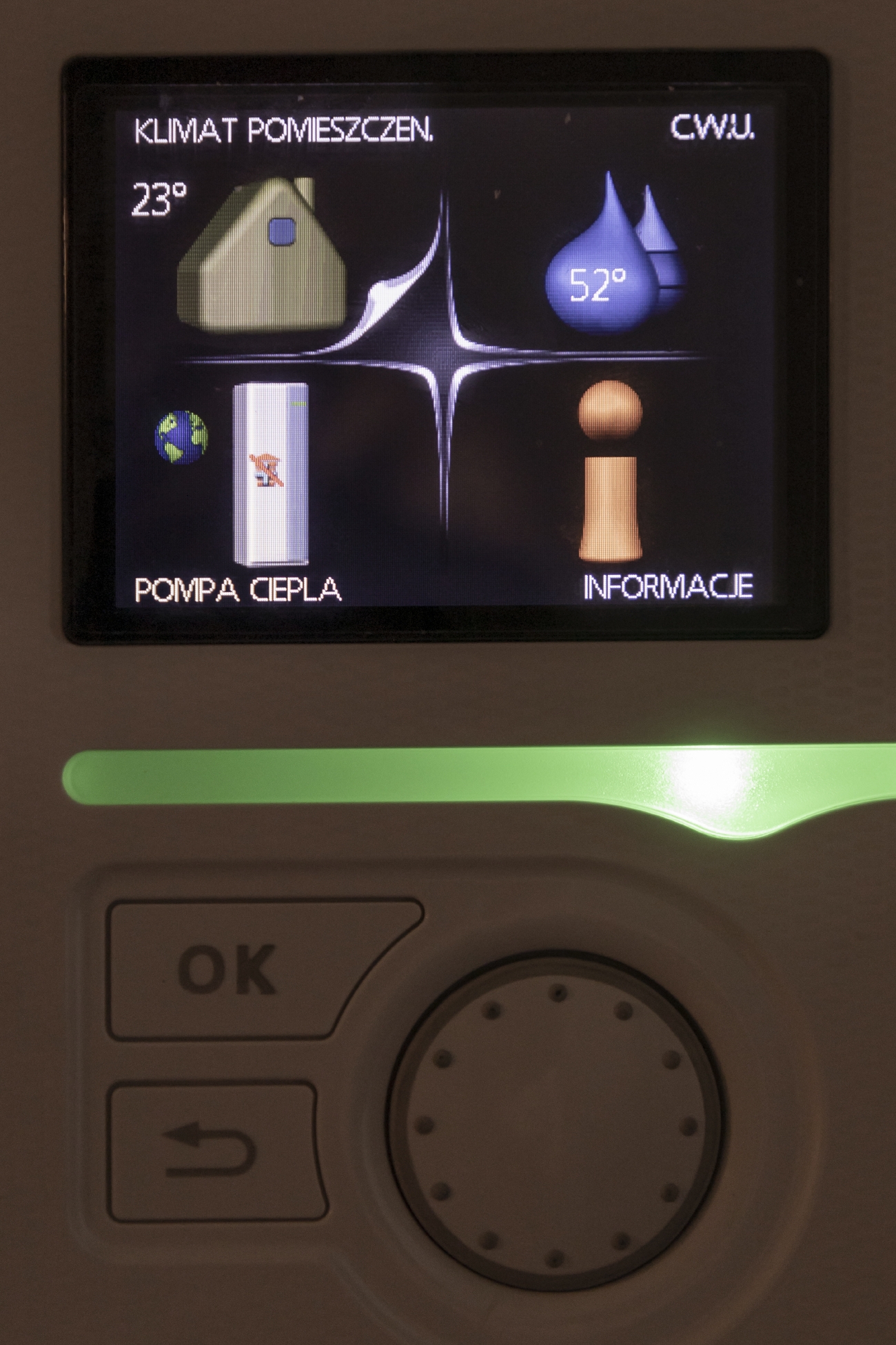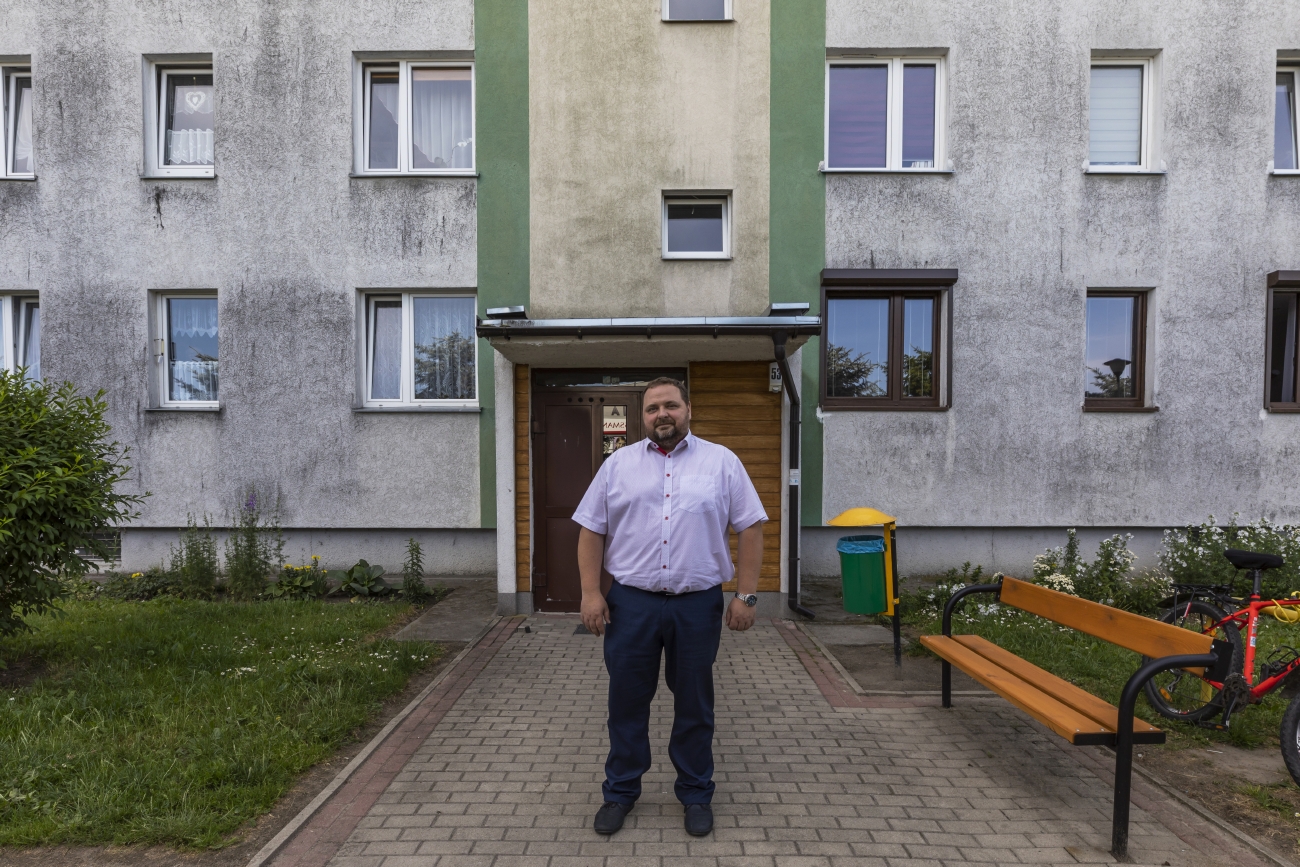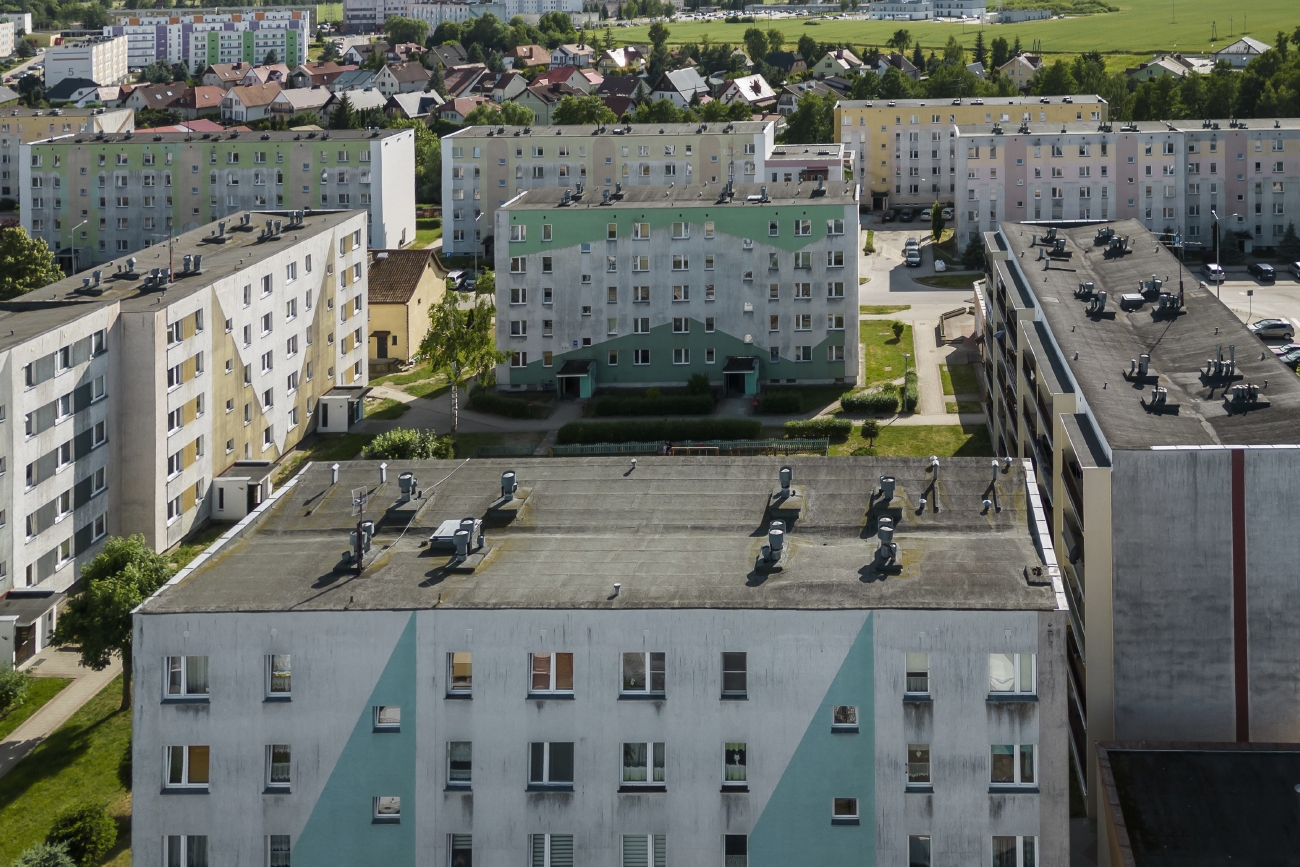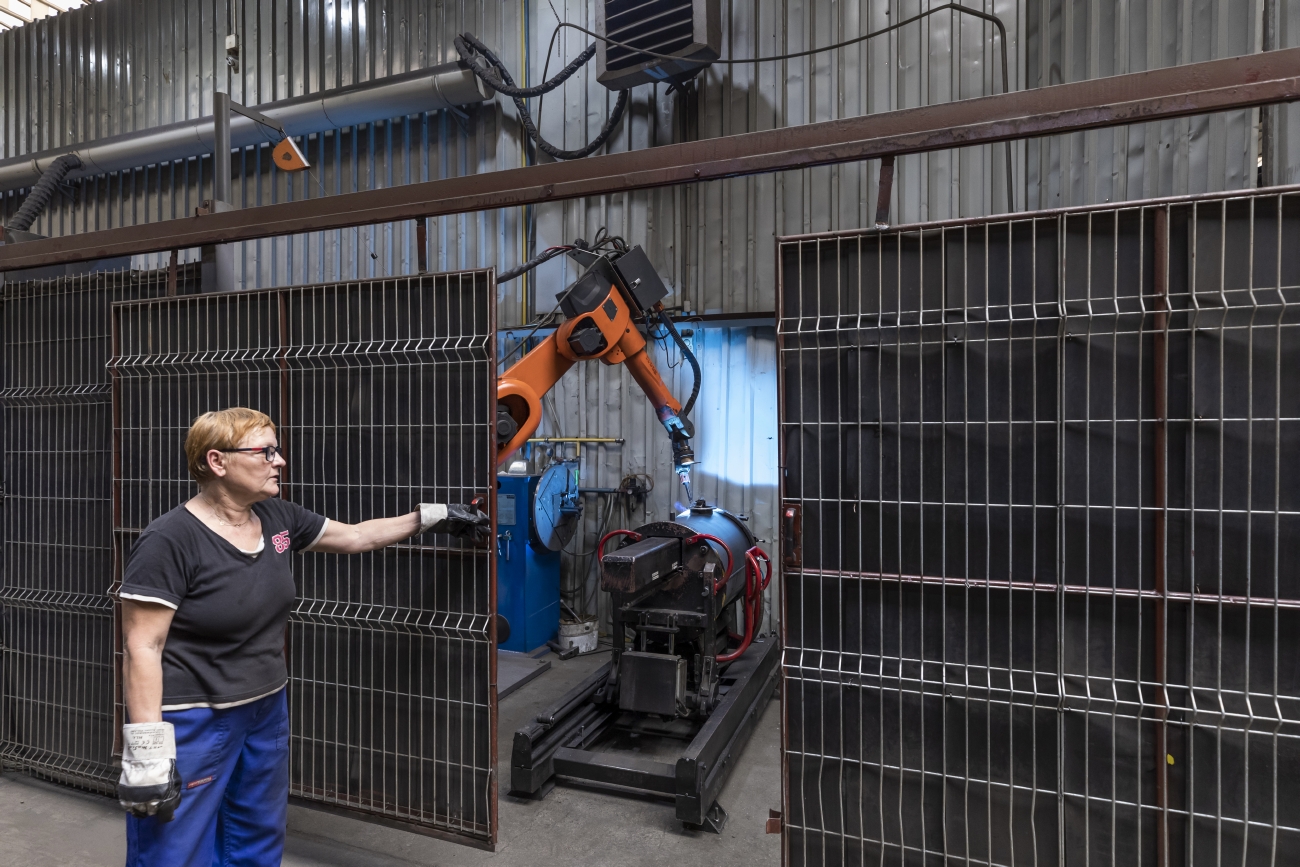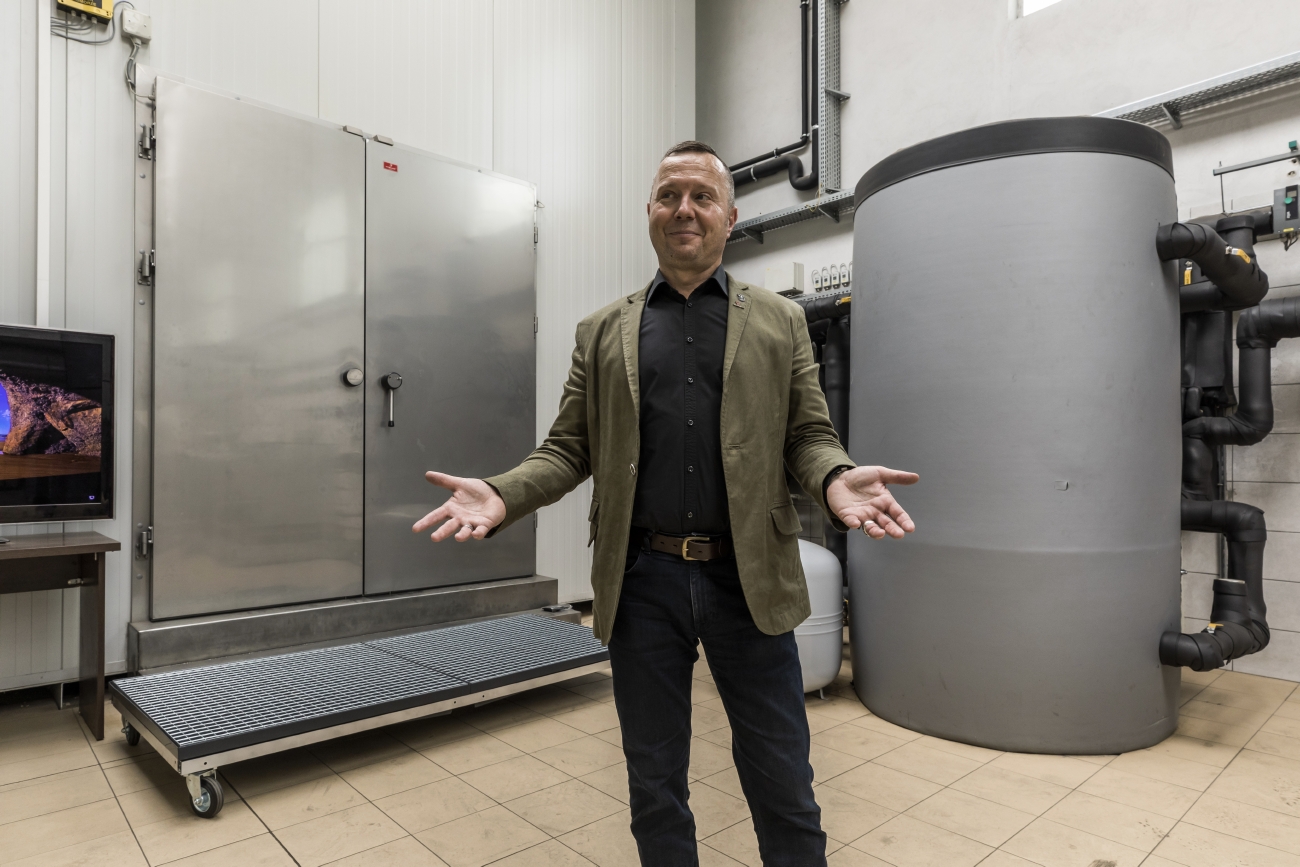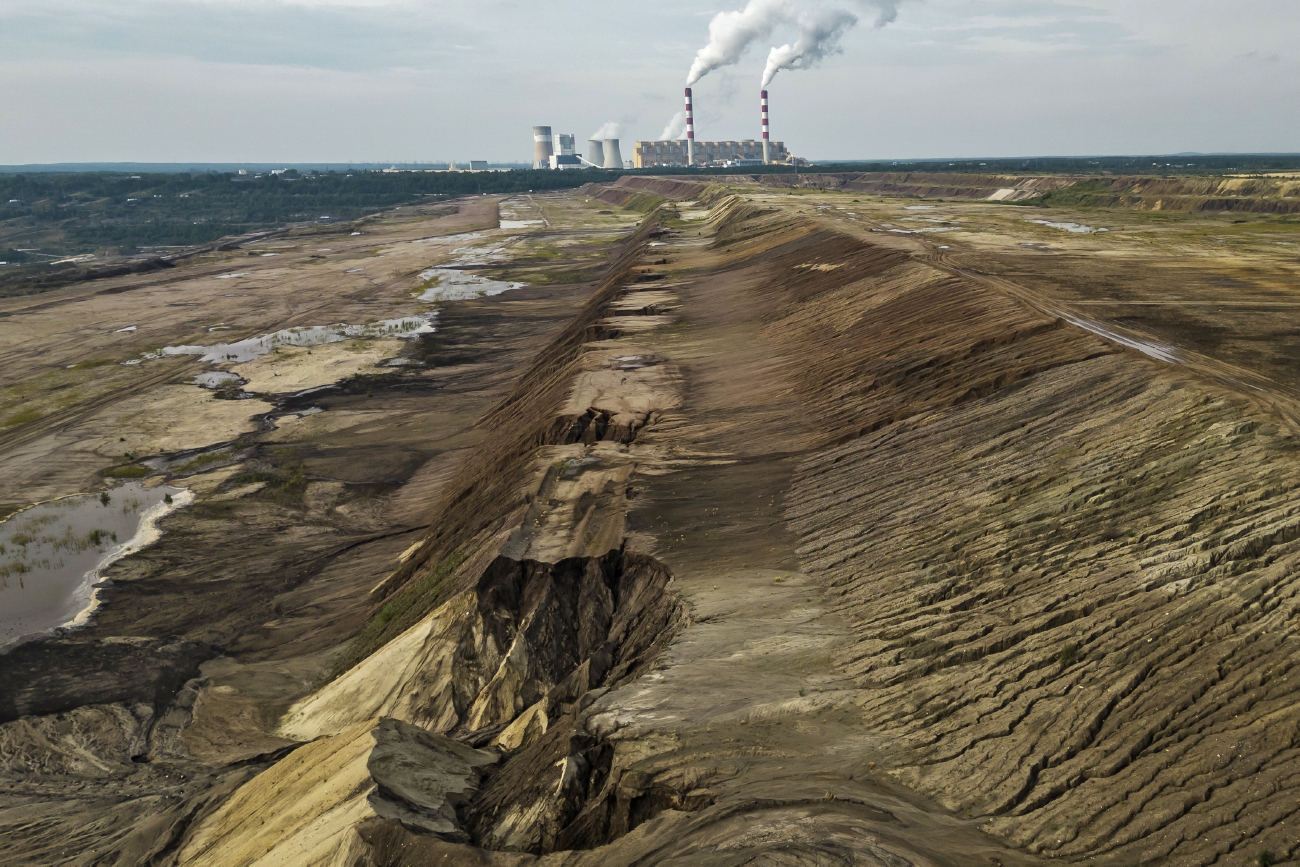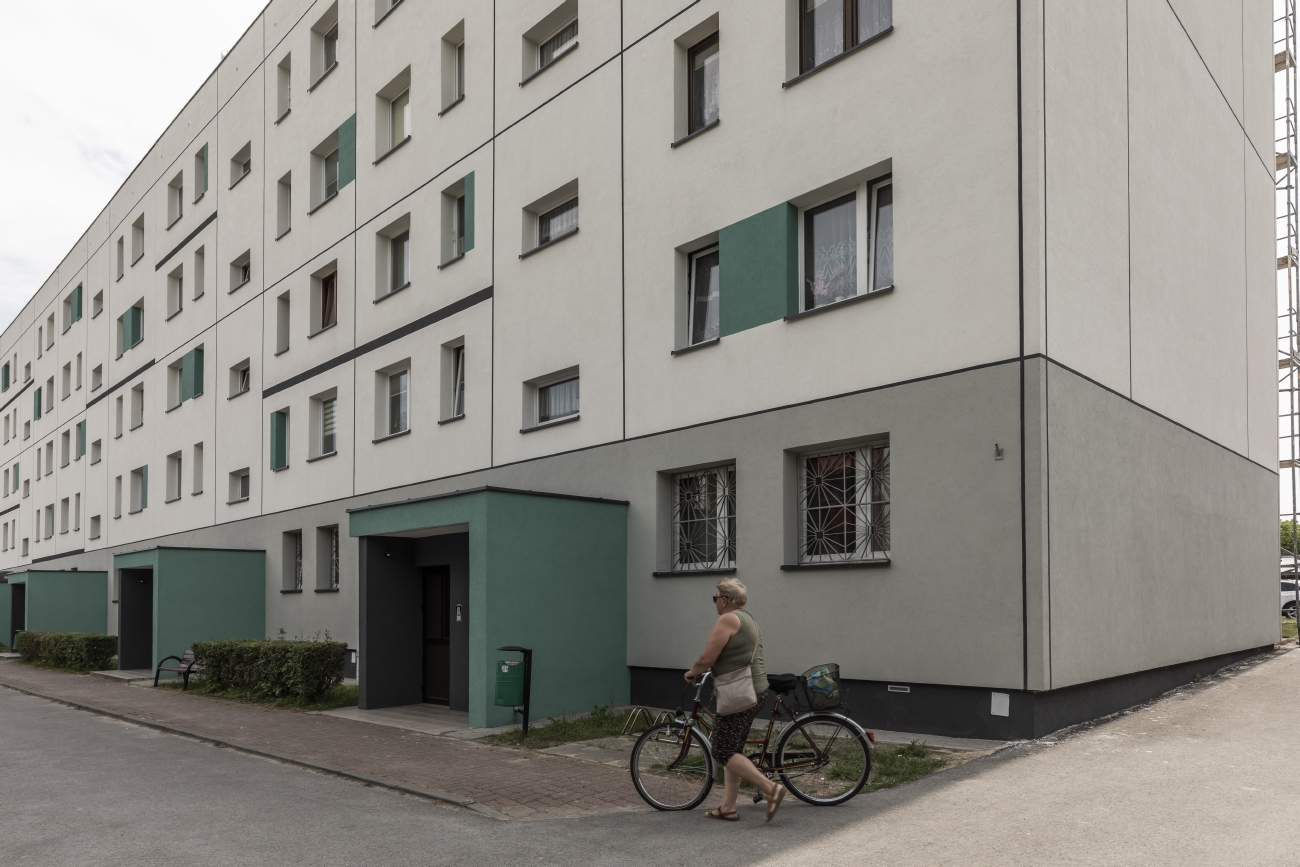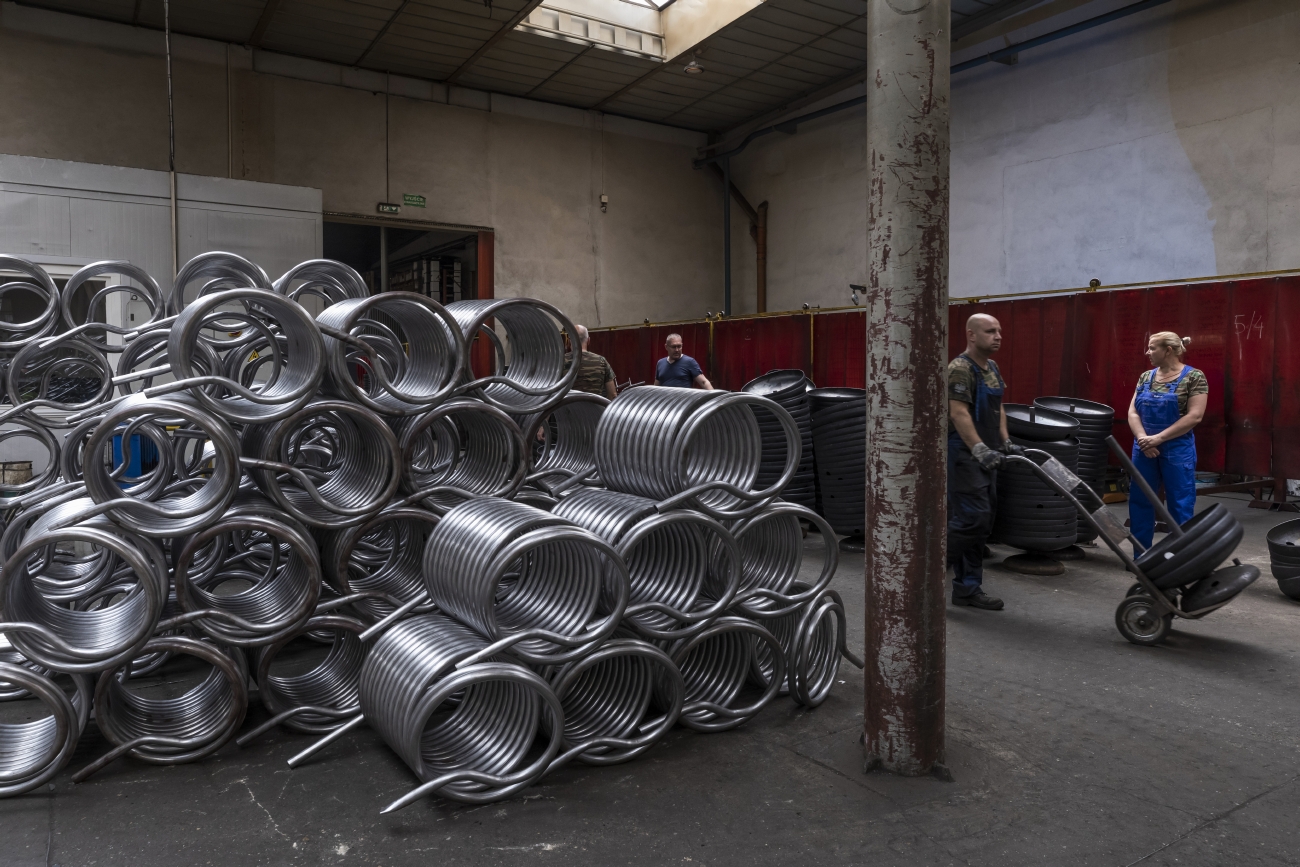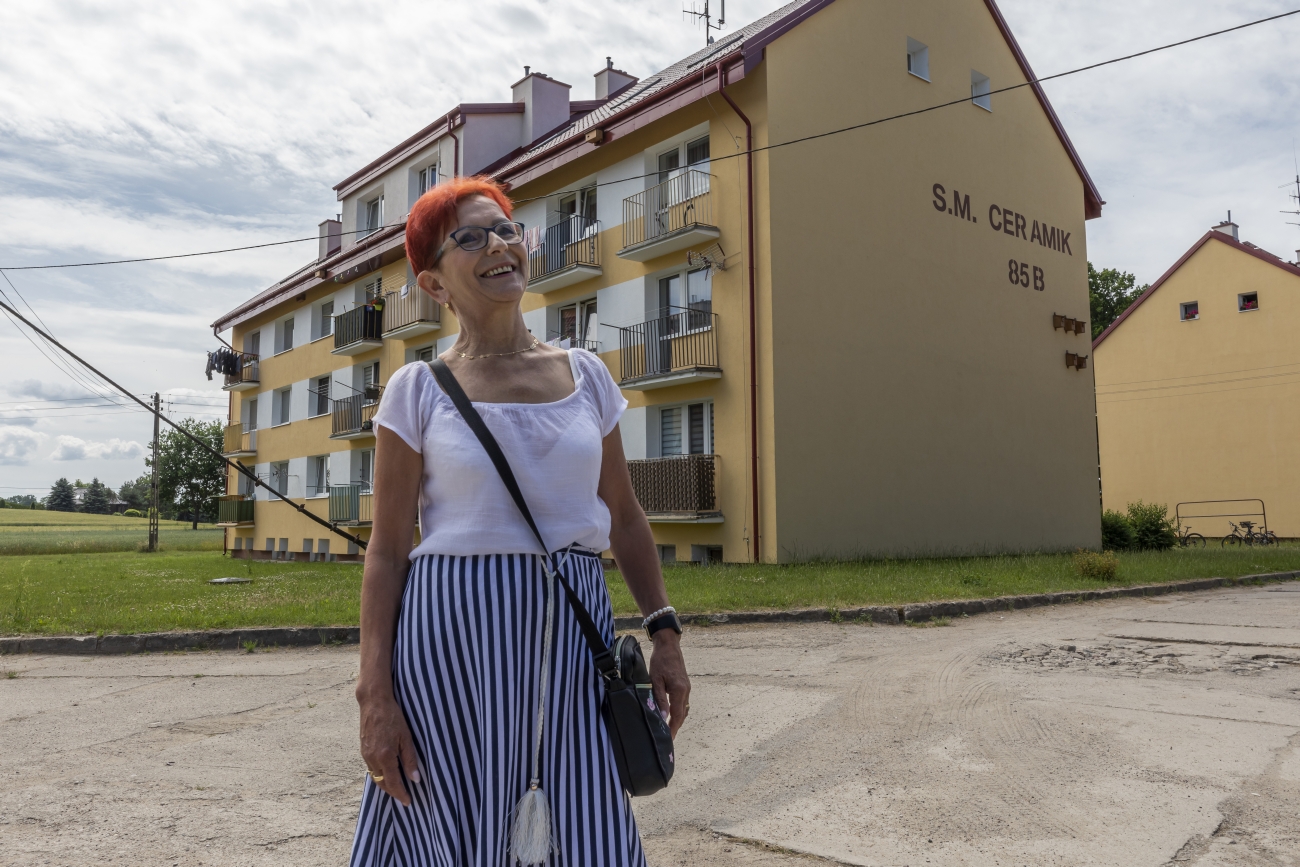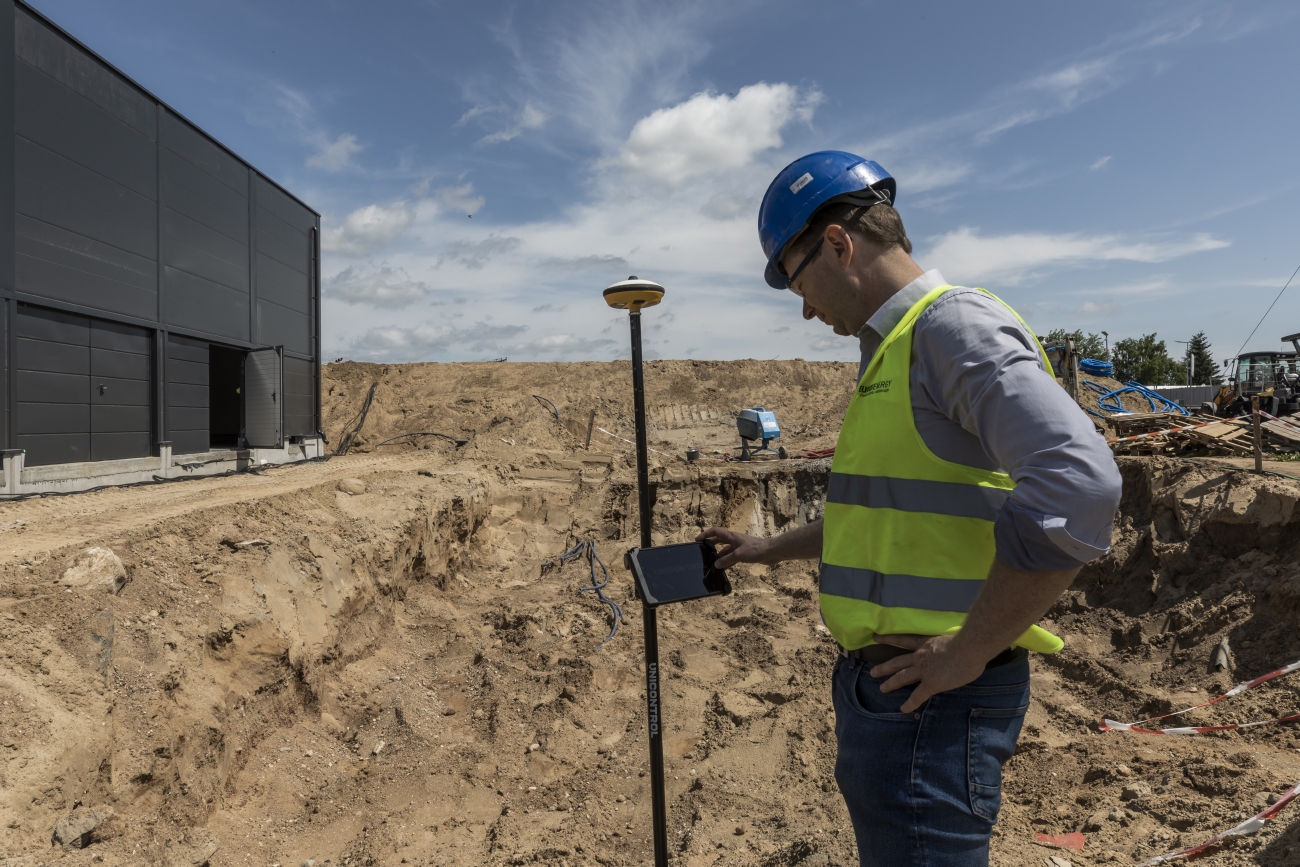The carbon free revolution
starts from the ground
In Poland the decarbonization began from the associations of residents in the Soviet-era blocks long before the war in Ukraine
Photo by Bruno Zanzottera
Something started to move when Russian aggression against Ukraine was not even conceivable, coal in Poland was a cheap source of heating, and state subsidies for energy transition almost did not exist. The Polish road to decarbonization started from the ground, from the associations of residents in the tens of thousands of prefabricated Soviet-era blocks scattered all over the country.
First, they reduced consumption by insulating the outer walls of the buildings. Then they gave up coal altogether, producing hot water for heating and domestic use through geothermal heat pumps, installed in the communal gardens and powered by solar panels mounted on the roofs or balconies. Therefore, amidst a flurry of initiatives,
new companies emerged – while others converted, sensing the wind – to produce heat pumps domestically and build small power plants capable of heating entire neighborhoods. When the war in Ukraine and the embargo on Russian fossil fuels finally sent energy prices soaring, it was boom. Thus, a traditionally coal-producing nation finds itself among those with the highest growth rates in the decarbonization process. And now, after the people, even the government seems to be starting to believe it.
This work is part of a project on the eco-efficiency of housing carried out in collaboration with the European Climate Foundation.
(2023)
